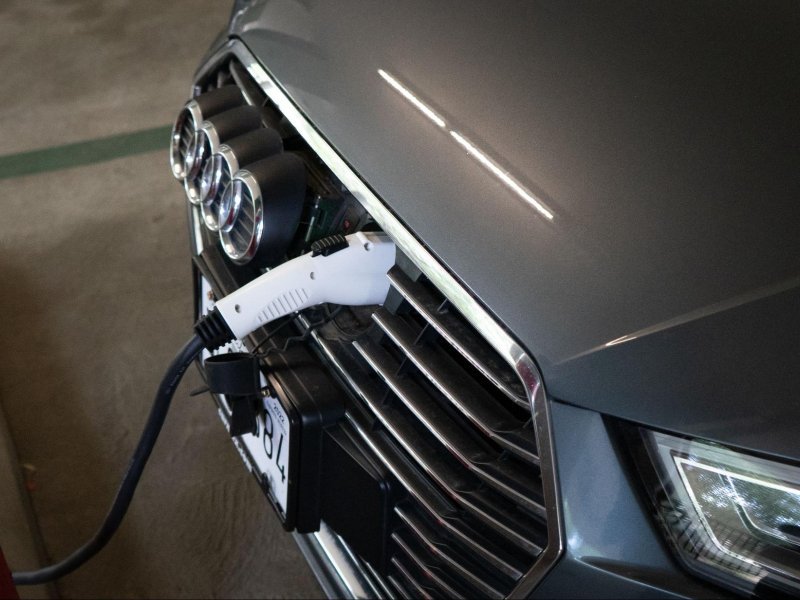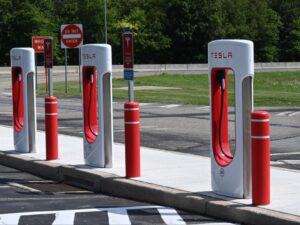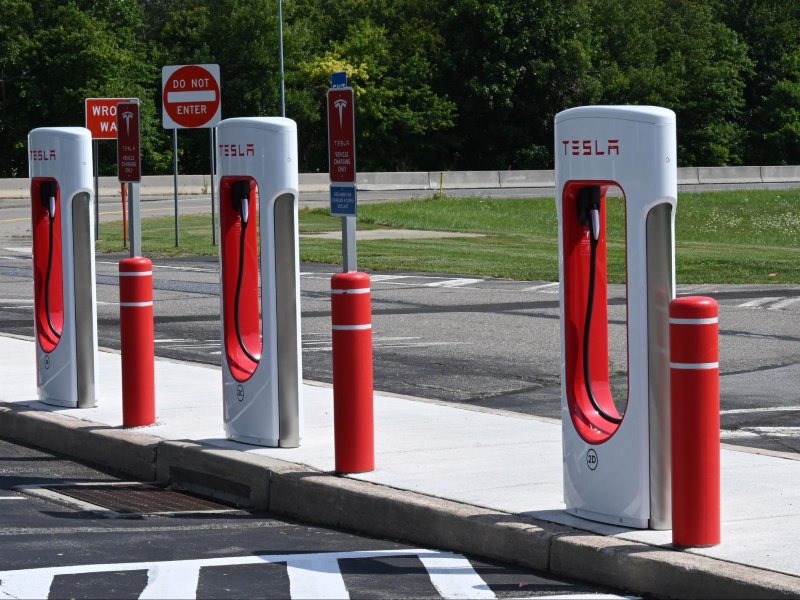As the world accelerates towards sustainable transportation solutions, electric vehicles (EVs) have taken center stage. One crucial aspect of the EV ecosystem is the charging infrastructure, which includes various types of EV chargers. These chargers differ in charging speeds, compatibility with different EV models, and installation requirements. Understanding these differences is essential for both EV owners and the continued growth of the electric vehicle market.
Level 1 Chargers: The Foundation of Convenience
Level 1 chargers are the most basic form of EV charging. They are commonly referred to as “trickle chargers” and use a standard household 120-volt outlet. These chargers are convenient for overnight charging at home but have the slowest charging speeds among all types. Level 1 chargers typically provide around 2 to 5 miles of range per hour of charging.
Compatibility with different EV models is high, as Level 1 chargers use a standard plug that fits into most electric vehicles. This universality makes Level 1 chargers a great option for new EV owners who want a simple and accessible charging solution. Installation requirements are minimal, as they only involve plugging the charger into a standard electrical outlet. However, for optimal safety and performance, it’s recommended to use dedicated circuits and outlets.
Level 2 Chargers: Balancing Speed and Practicality
Level 2 chargers are a step up from Level 1 in terms of charging speed and practicality. These chargers operate on 240 volts, similar to the voltage used for home appliances like dryers and ovens. Level 2 chargers provide significantly faster charging speeds, ranging from 10 to 60 miles of range per hour, depending on the charger’s capacity and the EV’s onboard charger.
The compatibility of Level 2 chargers is relatively high, covering most electric vehicles on the market. However, some older EV models might require an adapter to connect to the Level 2 charging plug. Installation requirements are more complex than Level 1 chargers, involving the installation of a dedicated circuit and a higher-voltage outlet. Homeowners often hire electricians to ensure proper installation and compliance with electrical codes.
DC Fast Chargers: Speeding Up the Charge
DC fast chargers, also known as Level 3 chargers, are the high-speed champions of EV charging. These chargers operate on much higher voltages and currents, enabling rapid charging. DC fast chargers can provide anywhere from 60 to 200 miles of range in as little as 20-30 minutes, depending on the EV’s battery capacity and the charger’s output.
Compatibility with different EV models varies with DC fast chargers. While most newer EVs support some form of DC fast charging, older models might not have the necessary hardware to take advantage of this technology. Additionally, different EV manufacturers might use different connector types, requiring charger networks to offer multiple connector options. Installation requirements for DC fast chargers are complex and costly, involving substantial electrical infrastructure and potentially requiring a connection to higher-voltage power lines.
Conclusion: Choosing the Right Charger for Your Needs
In conclusion, the world of EV chargers offers a range of options to suit different needs and preferences. Level 1 chargers provide convenience and accessibility for daily charging, while Level 2 chargers strike a balance between speed and practicality, making them suitable for both home and public charging. DC fast chargers, with their impressive charging speeds, are ideal for road trips and quick top-ups.
When choosing an EV charger, it’s essential to consider factors such as your daily driving habits, the range of your EV, and the availability of charging infrastructure in your area. Understanding the differences in charging speeds, compatibility, and installation requirements can empower you to make an informed decision that enhances your EV ownership experience.Whether you’re a new EV owner seeking home charging solutions or a business planning to install public charging stations, a clear understanding of the types of EV chargers and their differences is pivotal. By embracing the evolution of EV charging technology, you contribute to a cleaner and more sustainable transportation future.






